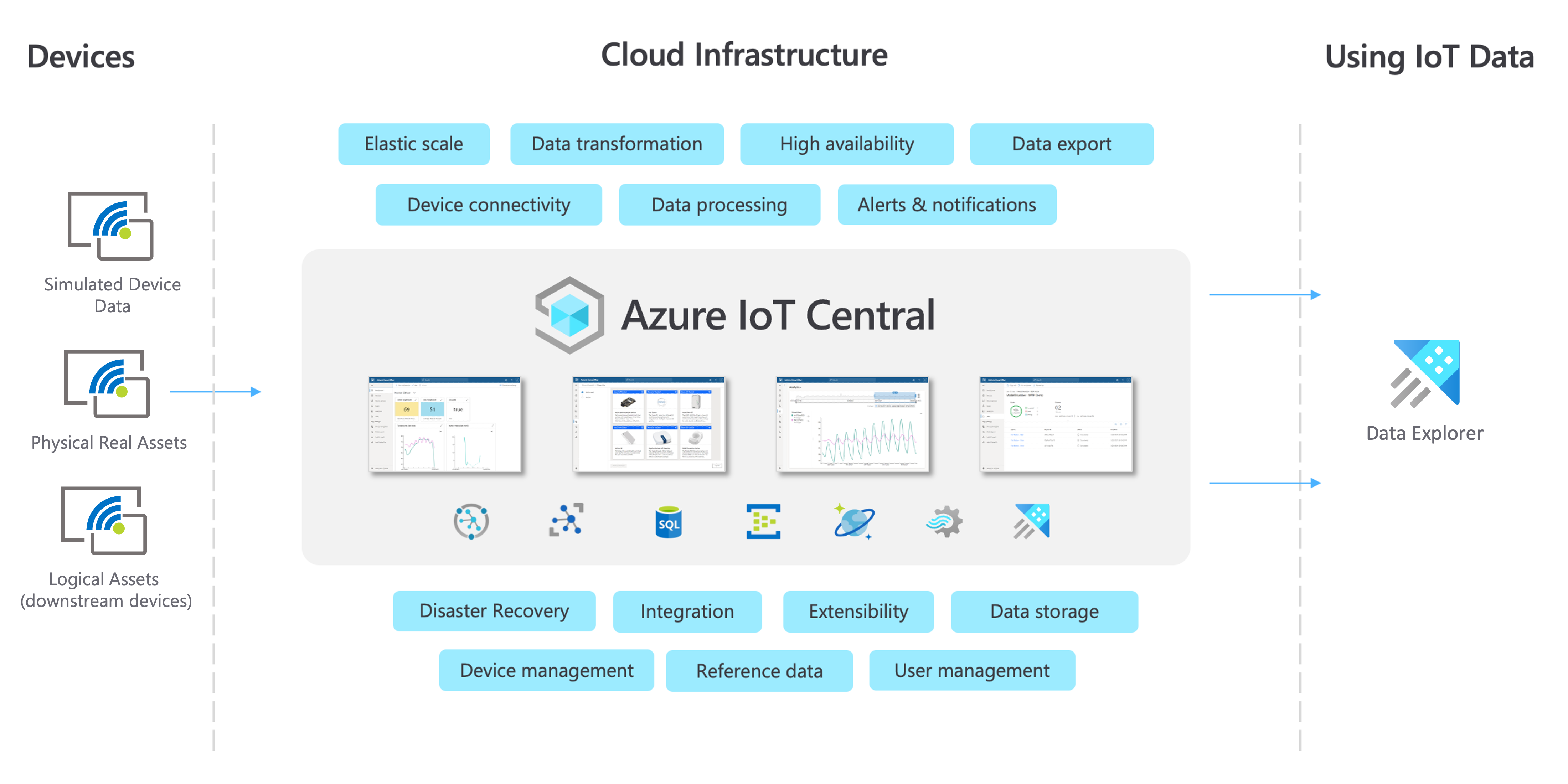Unlocking The Power Of Remote IoT Web SSH Download
Hey there, tech enthusiasts! Let's dive right into the heart of modern connectivity: remote IoT web SSH download. If you've been tinkering with IoT devices, you know how crucial it is to have seamless control over them from anywhere in the world. The concept of remote access has revolutionized how we interact with smart devices, and SSH is the unsung hero behind it all. Picture this: you're miles away from your smart home setup, and suddenly you need to update a configuration file or download critical data. With SSH, it's like having a virtual handshake with your devices, no matter where you are. That's the magic we're about to explore.
Now, let's break it down. Remote IoT web SSH download isn't just a tech buzzword; it's a practical solution for managing IoT networks remotely. Whether you're a developer, a hobbyist, or a tech-savvy homeowner, understanding how SSH works can unlock a world of possibilities. From securing your data to automating tasks, this technology is your gateway to smarter, more efficient IoT management.
So, why does this matter? In a world where everything is connected, having the ability to remotely access, control, and download data from your IoT devices is more than just convenient—it's essential. As we delve deeper into this topic, you'll discover how SSH makes it all possible and why it's a must-have tool in your tech arsenal. Ready to dive in? Let's get started!
- Downloadhubcom Your Ultimate Destination For All Things Downloadable
- Yomovies Link Your Ultimate Guide To Streaming Movies Online
Understanding Remote IoT Web SSH Download
Let's start by breaking down what remote IoT web SSH download actually means. SSH, or Secure Shell, is a cryptographic network protocol that allows you to securely connect to a remote device over an unsecured network. When you combine this with IoT, you get a powerful tool that lets you manage and interact with your smart devices from anywhere. Think of it like a digital key that opens the door to your IoT network, even when you're not physically present.
The beauty of SSH lies in its security. Unlike other protocols, SSH encrypts all data transmissions, ensuring that your information remains private and protected from prying eyes. This is especially important when dealing with sensitive IoT data, such as personal health information or financial records. By using SSH, you can confidently download files, update configurations, and monitor your devices without worrying about data breaches.
Here's a quick rundown of how it works:
- Filmyworld Hollywood The Ultimate Guide To Movie Downloads And Beyond
- Jonathan Cheban Wife The Love Story You Need To Know About
- Establish a secure connection between your device and the IoT network.
- Authenticate your identity using a password or key-based authentication.
- Once connected, you can execute commands, transfer files, or download data securely.
For those of you who are new to this, don't worry! We'll break it all down step by step in the sections that follow. But first, let's explore why SSH is the go-to solution for remote IoT management.
Why SSH is the Best Tool for Remote IoT Management
There are plenty of ways to manage IoT devices remotely, but SSH stands out for a few key reasons. First and foremost, it's incredibly secure. Unlike other protocols that transmit data in plain text, SSH encrypts everything, making it nearly impossible for hackers to intercept your communications. This level of security is crucial when dealing with IoT devices, which often handle sensitive data.
Another advantage of SSH is its simplicity. Once you've set it up, managing your IoT devices becomes a breeze. You can execute complex commands with just a few keystrokes, and the process is lightning-fast. Whether you're troubleshooting a device, updating firmware, or downloading data, SSH makes it all possible with minimal effort.
But what about scalability? As your IoT network grows, managing it becomes more challenging. SSH scales effortlessly, allowing you to connect to multiple devices simultaneously without compromising performance. This makes it an ideal solution for both small-scale projects and large-scale deployments.
SSH vs. Other Protocols
Now, let's compare SSH to some of the other protocols commonly used for remote IoT management:
- Telnet: While Telnet is simple to use, it lacks the security features of SSH. All data transmissions are unencrypted, making it a risky choice for IoT applications.
- FTP: File Transfer Protocol is great for transferring files, but it doesn't offer the same level of security as SSH. Additionally, it doesn't allow for remote command execution, which limits its functionality.
- HTTP: While HTTP is widely used for web-based applications, it's not designed for secure remote access. SSH offers a more robust solution for IoT management.
Clearly, SSH is the superior choice when it comes to managing IoT devices remotely. Its combination of security, simplicity, and scalability makes it the go-to tool for tech enthusiasts and professionals alike.
Setting Up SSH for IoT Devices
Ready to get started? Setting up SSH for your IoT devices is easier than you might think. The first step is to ensure that your devices support SSH. Most modern IoT devices come with SSH pre-installed, but if yours doesn't, you may need to install it manually. Once you've confirmed that SSH is available, follow these steps to set it up:
- Enable SSH: Depending on your device, you may need to enable SSH in the settings menu. Refer to your device's documentation for specific instructions.
- Generate SSH Keys: To enhance security, it's a good idea to use key-based authentication instead of passwords. You can generate SSH keys using tools like ssh-keygen.
- Configure Firewall Settings: Make sure your firewall allows SSH traffic. Typically, this involves opening port 22 on your router or firewall.
- Test the Connection: Use an SSH client, such as PuTTY or OpenSSH, to connect to your device. If everything is set up correctly, you should be able to establish a secure connection.
That's it! With SSH up and running, you're ready to start managing your IoT devices remotely. In the next section, we'll explore how to use SSH for file downloads and other tasks.
Using SSH for Remote IoT Web SSH Download
Now that you have SSH set up, let's talk about how to use it for remote IoT web SSH download. Whether you need to transfer configuration files, download logs, or retrieve other data, SSH makes it easy. Here's how:
First, you'll need an SSH client on your computer. If you're using Linux or macOS, you're in luck—SSH is already installed. Windows users can download clients like PuTTY or use the built-in SSH feature in newer versions of Windows 10. Once you have your client ready, follow these steps:
- Connect to Your IoT Device: Open your SSH client and enter the IP address or hostname of your IoT device. If you're using key-based authentication, make sure to specify the path to your private key.
- Navigate to the Desired Directory: Once connected, use the "cd" command to navigate to the directory containing the files you want to download.
- Download the Files: Use the "scp" command to copy files from your IoT device to your local machine. For example: scp username@device_ip:/path/to/file /local/path
That's all there is to it! With just a few commands, you can securely download files from your IoT devices. In the next section, we'll explore some advanced tips and tricks to take your SSH skills to the next level.
Advanced SSH Techniques for IoT Management
Once you've mastered the basics, it's time to explore some advanced SSH techniques that can make your IoT management even more efficient. Here are a few tips to help you get the most out of SSH:
1. Automating Tasks with SSH
SSH isn't just for manual tasks—you can automate repetitive processes using scripts. For example, you can write a script that automatically downloads log files from your IoT devices at regular intervals. This saves you time and ensures that you always have the latest data at your fingertips.
2. Using SSH Tunnels
SSH tunnels allow you to securely access other services running on your IoT devices. For instance, if you have a web server running on your device, you can create an SSH tunnel to access it from your local machine. This is especially useful when working with sensitive data or applications.
3. Monitoring IoT Devices
SSH can also be used to monitor the status of your IoT devices in real-time. By executing commands like "top" or "htop," you can check CPU usage, memory usage, and other system metrics. This helps you identify potential issues before they become major problems.
With these advanced techniques, you can take your IoT management to the next level. But remember, with great power comes great responsibility. Always follow best practices for security and data protection.
Security Best Practices for Remote IoT Web SSH Download
As we've discussed, SSH is a secure protocol, but that doesn't mean you can let your guard down. To ensure the highest level of security, follow these best practices:
- Use Strong Passwords: If you're using password-based authentication, make sure your passwords are strong and unique. Avoid using common words or phrases.
- Enable Key-Based Authentication: As mentioned earlier, key-based authentication is more secure than passwords. Generate strong SSH keys and protect them with passphrases.
- Limit User Access: Restrict SSH access to only those users who need it. This minimizes the risk of unauthorized access.
- Keep Software Up to Date: Regularly update your IoT devices and SSH clients to ensure you have the latest security patches.
By following these practices, you can protect your IoT network from potential threats and ensure that your data remains safe and secure.
Real-World Applications of Remote IoT Web SSH Download
Now that you know how to use SSH for remote IoT management, let's look at some real-world applications:
1. Smart Home Automation
SSH can be used to manage smart home devices, such as thermostats, security cameras, and lighting systems. Whether you're updating firmware or downloading usage data, SSH makes it easy to keep your smart home running smoothly.
2. Industrial IoT
In industrial settings, SSH is often used to monitor and manage IoT devices in remote locations. From oil rigs to manufacturing plants, SSH ensures that critical systems remain operational and secure.
3. Healthcare IoT
In the healthcare industry, SSH is used to securely transmit patient data and manage medical devices. This ensures compliance with regulations like HIPAA and protects sensitive health information.
These are just a few examples of how SSH is being used in the real world. As IoT continues to grow, the demand for secure remote management solutions like SSH will only increase.
Conclusion: Take Your IoT Management to the Next Level
And there you have it—a comprehensive guide to remote IoT web SSH download. From understanding the basics to mastering advanced techniques, you now have the tools you need to take your IoT management to the next level. Remember, security is key, so always follow best practices to protect your data and devices.
So, what's next? If you found this article helpful, why not share it with your friends and colleagues? And if you have any questions or comments, feel free to leave them below. Let's keep the conversation going and help each other unlock the full potential of IoT technology. Happy tinkering!
- Eleven Movie 2025 Download Moviesda Your Ultimate Guide
- Dubai Porta Potty Images Your Ultimate Guide To Clean And Convenient Facilities

Mastering IoT SSH Connect Download Your Ultimate Guide To Secure

Mastering Remote IoT Web SSH Download On Android A Comprehensive Guide

Mastering Remote IoT Web SSH Download On Android A Comprehensive Guide